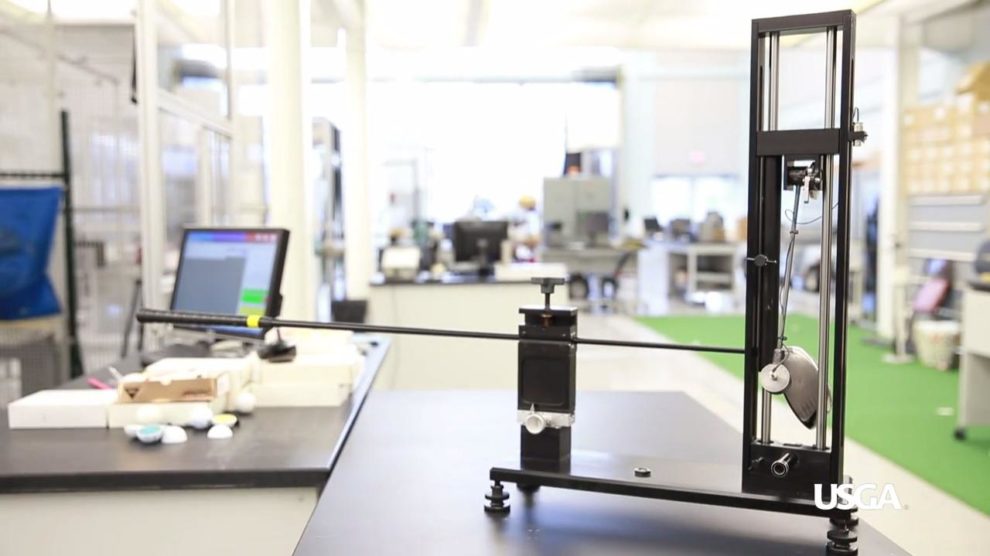The PGA Tour will begin testing drivers in the 2019-2020 season, taking a bigger step into equipment testing they've previously been reluctant to do.
In a letter to PGA Tour players obtained by multiple outlets, the Tour outlines a program to test the characteristic time (CT) of drivers from players' bags. Characteristic time is a measure of how long the ball and driver face are in contact. The USGA and R&A equipment rules set the standard at 238 microseconds (millionths of a second). With a measurement tolerance of 19 microseconds, a driver can test for a CT of 257 microseconds and still be considered conforming.
Starting this season, the PGA Tour will begin testing drivers in play at events. The attached memo was sent to players in advance of Greenbrier. pic.twitter.com/OnduVCYAnR
— Jonathan Wall (@jonathanrwall) September 4, 2019
Since 2014, the Tour has worked with the USGA's equipment testing team to measure the characteristic time of drivers found in tour vans from manufacturers at select tournaments. Under the new policy, the USGA's team will test the actual equipment players intend to use during a tournament.
The testing will be unannounced and conducted on non-competition days. Each manufacturer will have an on-site point of contact as a liaison for the testing.
Players will be notified of their pending test when they arrive on property for a testing day, and they'll be expected to provide all drivers they could use during the tournament. Each driver will then be tested, with the testing taking approximately 15 minutes per club. Players will not learn the specific measurements found in the equipment testing. Rather, the player will learn of their driver's conforming status on a stoplight system: green meaning the driver is comfortably conforming, yellow meaning the driver is conforming but could soon be non-conforming, and red meaning the driver is non-conforming.
The PGA Tour's decision was inspired in part by the results of R&A driver testing at the British Open Championship in July. A handful of drivers from the 30 tested failed the CT test, with Xander Schauffele publicly revealing his driver failed the test. He was forced to find a new driver to play just days before the final major of the year. Schauffele initially accused the R&A of leaking his test results, but he since retracted that claim. For its part, Callaway Golf released statements discussing the natural deterioration of driver faces, which subsequently can cause a driver's face to become non-conforming with as little as 30 shots.
“Recently, we have become aware that drivers in play on the PGA Tour may be exhibiting a trait whereby through normal use, the clubface ‘creeps’ beyond the allowed CT limit under the Rules, despite having conformed to the CT limit when new,” the letter states.
“When such a situation occurs, in accordance with the USGA’s Notice to Manufacturers dated October 11, 2017 the club is deemed to have become damaged into a non-conforming state and may no longer be used in competition.”

